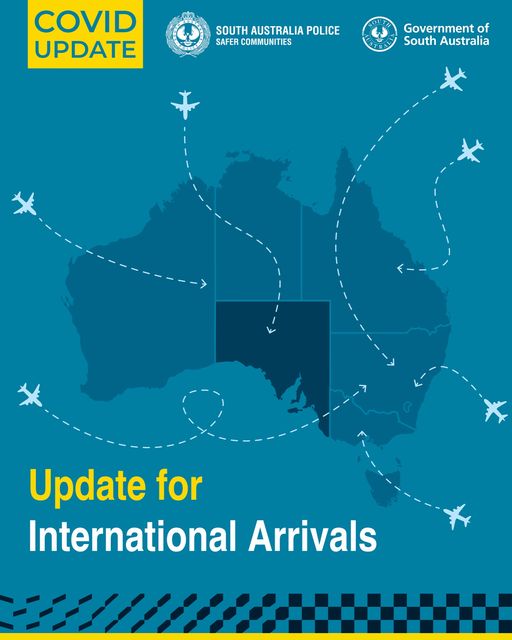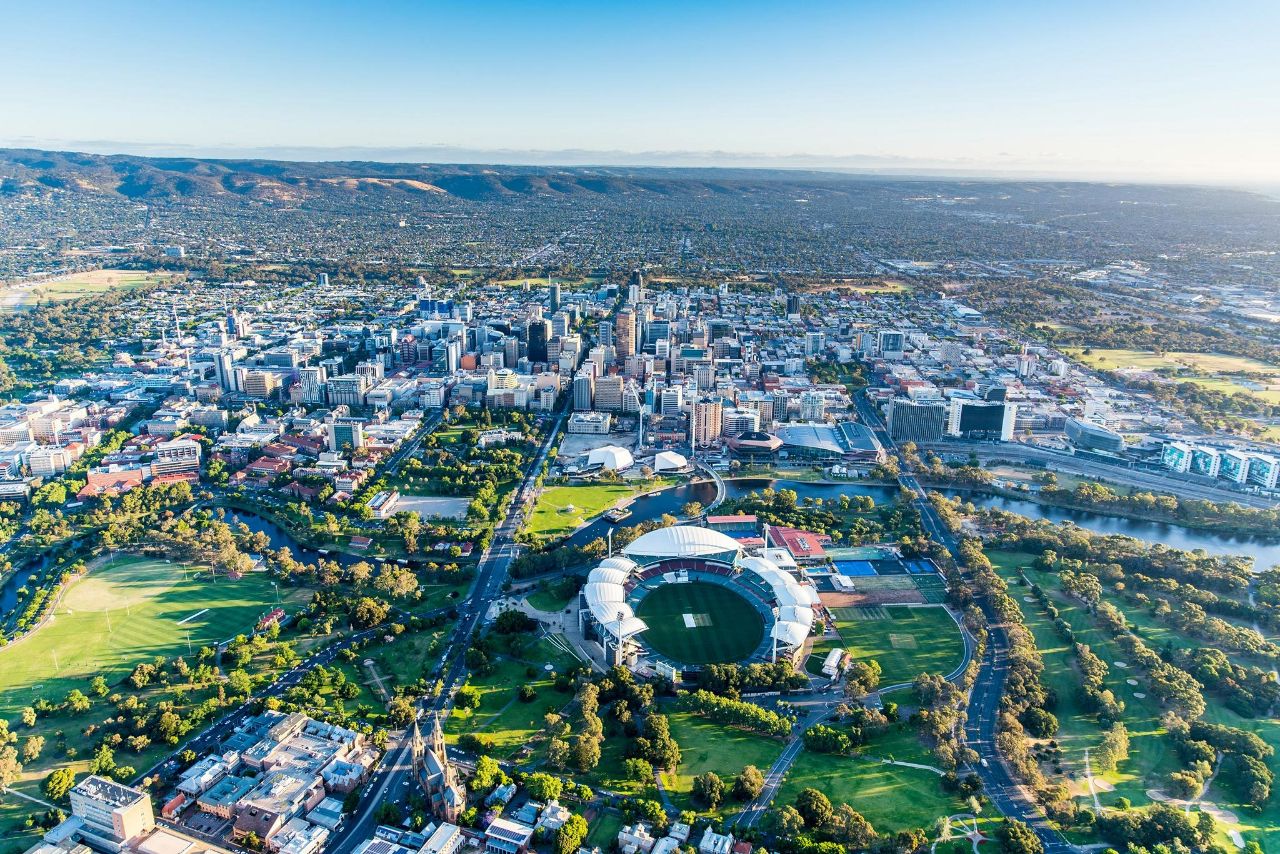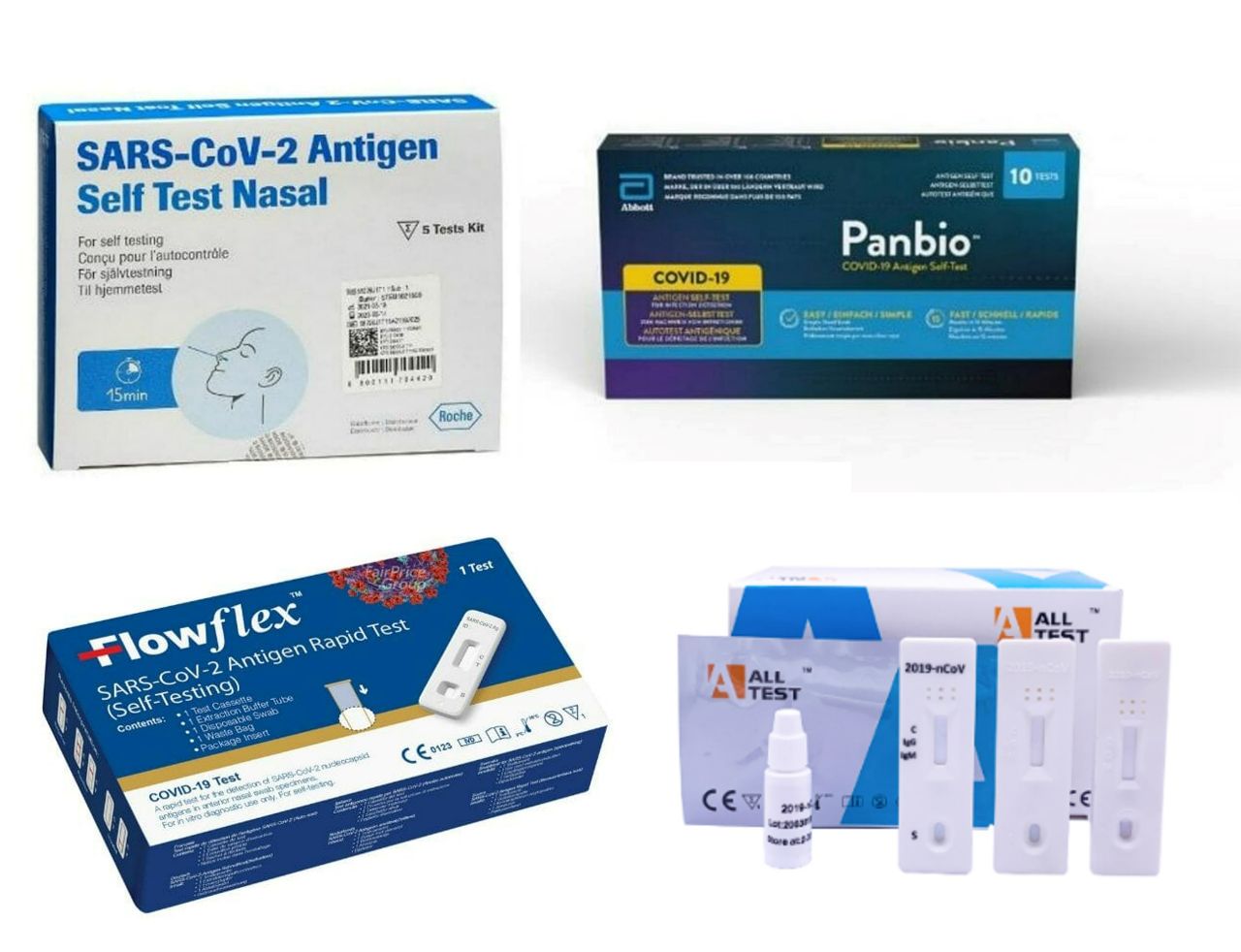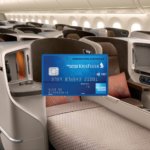Hot on the heels of Western Australia’s move to eliminate on-arrival testing, South Australia has now downgraded its on-arrival test for international passengers from a PCR to an ART (referred to as a “RAT” in Australia).
 |
| ⚠️ Changes to Arrivals Associated Direction |
|
From 12.01am on 18 April 2022:
|
This takes effect from 18 April 2022, the same day that the federal government will remove pre-departure testing for all fully vaccinated travellers to Australia.
South Australia downgrades on-arrival test to ART

Currently, international arrivals to South Australia are required to take a PCR test within 24 hours of arrival. They must isolate until the test is taken, but are free to move around after that (even if a negative result has yet to be received).
From 18 April 2022, international arrivals will instead take an ART on arrival (no timeframe has been stated), with isolation required until the test is taken. This basically means that passengers can take a test at the airport immediately upon landing, and have freedom of movement 15 minutes later.
ART kits in Australia are overseen by the Therapeutic Goods Administration (TGA). The TGA has a list of approved home test kits, as well as a copy of the manufacturer’s instructions for each test.

Four of the kits sold in Singapore pharmacies are approved in Australia, namely:
- Abbott Panbio COVID-19 Antigen Self-Test
- Flowflex SARS-CoV-2 Antigen Rapid Test
- Hangzhou Alltest SARS-CoV-2 Antigen Rapid Test
- SD Biosensor SARS-CoV-2 Antigen Self Test Nasal
With regards to SD Biosensor, note that it’s the white kit with blue text that’s approved for use in Australia, not the white kit with pink text (Standard Q).
If a positive result is received, travellers must do a PCR test immediately by travelling directly to a testing site and wearing a mask at all times. A positive test result must also be reported using this online form; there is no need to report a negative test result.
South Australia is also relaxing its definition of an international arrival as someone who has been outside of Australia within 48 hours before arriving in the state (previously: 7 days). This means that someone who flies from Singapore to Melbourne and spends three days before travelling to Adelaide will not be considered an international arrival, and hence not subject to testing in South Australia (testing in Victoria will be required).
On-arrival testing for other Australian states
With South Australia’s adjustment of its on-arrival test requirement, here’s what testing requirements look like for the rest of Australia.
| 🇦🇺 Summary: Australia Testing Requirements | ||
| State/ Territory | Pre-departure | On-arrival |
| Australian Capital Territory | PCR (3 days) / ART (24h) [Ends 18 Apr] |
ART (24h) |
| New South Wales | ART (24h) | |
| Northern Territory | None | |
| Queensland | ART (24h) | |
| South Australia | ART (no timeframe specified) [From 18 Apr] |
|
| Tasmania | None | |
| Victoria | ART (24h) | |
| Western Australia | None | |
I previously mentioned that Western Australia has scrapped its on-arrival test requirement, and I wouldn’t be surprised if we see more states dropping their tests in the next few weeks as well.
Australia will scrap pre-departure testing from 18 April
 |
| Australia Entry Requirements |
Australia currently requires international travellers to present either:
- A negative PCR test taken within three days of departure, or
- A negative RAT taken within 24 hours of departure
Children under the age of five, as well as recently-recovered travellers (within 30 days of flying) are exempt from the pre-departure testing requirement to Australia.
From 18 April 2022, the pre-departure test requirement will be scrapped altogether. When this happens, travellers from Singapore to Australia will only be required to take a maximum of two tests. This could be reduced to one soon, if Singapore drops its pre-departure test requirement as rumoured.
| ⚕️ Testing: Singapore-Australia Travel [From 18 April 2022] |
||
| Location | Remarks | Price |
| 🇦🇺 Australia | Within 24h of arrival (ART, some states only) | Free or S$5 |
| 🇦🇺 Australia | 2 days before departure (ART) | From S$9 |
As a reminder, Singapore Citizens, Permanent Residents and Long Term Passholders are now allowed to take a remotely-supervised tele-ART when returning to Singapore. This starts from just S$9, plus your own test kit.
Cheapest overseas tele-ARTs for pre-departure testing to Singapore
Conclusion
South Australia was the only state to require on-arrival PCR testing, which quite frankly is overkill if you’re talking about treating COVID as endemic. ARTs are a good compromise between safety and convenience, since travellers can self-administer the test without the need to hunt down a dedicated testing facility.
We should soon be seeing other Australian states scrapping their on-arrival test requirements too, which will nudge travel closer and closer to pre-COVID conditions.






